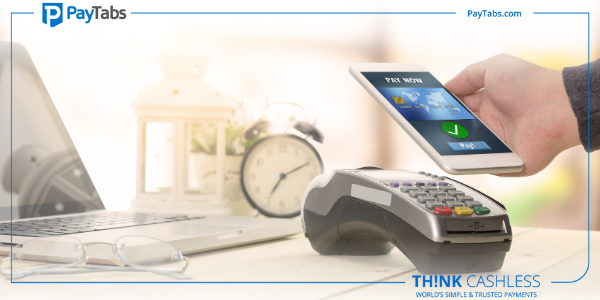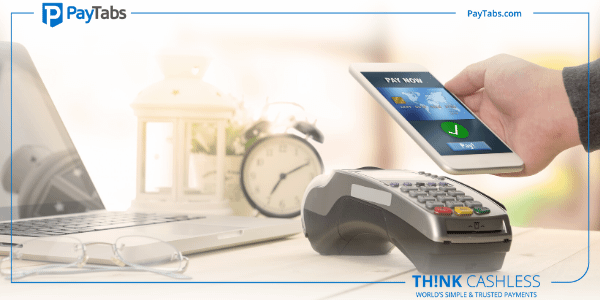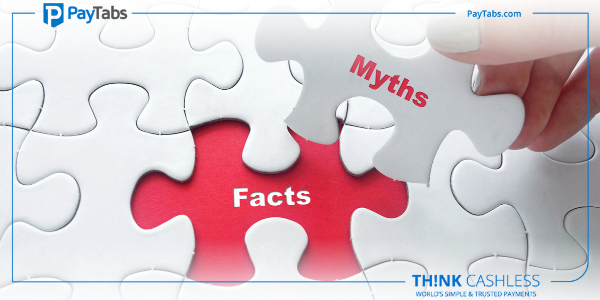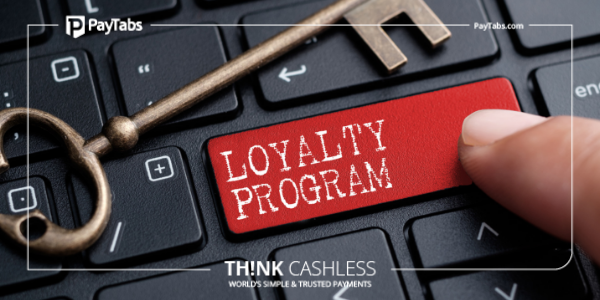What is the PCI Data Security Standard and why should I care?

PCI Data Security Standard or PCI DSS are the standards governing credit card industry. The task of administration of these standards is entrusted to the Payment Card Industry Security Standards Council. The main aim of these standards is to create a safe environment for credit card transactions and minimize the risk of financial frauds. While credit card protection is vital for all the users, it is of utmost importance for online businesses. Compliance with PCI DSS can help you secure your business as well as your clients’ sensitive information.
What is PCI DSS?
PCI DSS are internationally applicable and are designed to maintain the integrity of customer data and merchant payment systems. The standard was originally proposed to encourage the credit card companies to take adequate steps to ensure the safety of the data. In order to be PCI DSS compliant, an organization is required to fulfill twelve core requirements which include the obligation to build and maintain a secure network, protect the data pertaining to the cardholders and implement robust access control measures. There are also different levels of compliance, which you may choose to best meet your resources and requirements. Even if you outsource your payment processes, you are still required to be PCI DSS compliant. Similarly, you are required to fulfill PCI DSS requirements even if you do not store credit card data.
How to Become PCI DSS Compliant?
There are several ways to fulfill 12 core requirements for becoming PCI DSS compliant. Some of the steps you can take to ensure that your business complies with the set regulations are given below:
- Ensure the safe recording of financial information such as credit card numbers, expiry date and CVV. You can simply outsource your requirements to a payment gateway which will then be responsible for the proper upkeep of data.
- Update software and How security programs on your machines so that the malicious codes may not be installed on them.
- Educate your employees to take adequate measures to secure the data. All systems should be password protected and such passwords should be frequently changed. Further, the employees should also be directed to not share their passwords and other login details.
There are main four levels of compliance and these levels are defined on the basis of transaction volume. Level 4 is applicable to businesses processing less than 20,000 transactions annually, whereas Level 3 covers the organizations carrying out 20,000 to 1 million transactions annually. Level 2 is applicable where the volume of transactions is between 1 and 6 million in a year and the upper most level is Level 1, which needs to be complied with by the businesses processing over 6 million transactions.
The process to become PCI DSS compliant varies for different organizations, based on their policies and procedures. The standard is applicable to all the businesses which process, transmit or store card details. You can start the process by completing the self-assessment questionnaire and undergoing vulnerability scan with an approved scanning vendor.
Why PCI DSS Compliance is Important?
The main aim of PCI DSS is to make payments processes safe and secure. The standard provides guidelines about the prevention and detection of data loss and payment frauds. It also offers remedial steps to be undertaken in cases where breach has already occurred. The compliance with this standard is important to ensure that the risk of a financial breach is minimized.
An organization can also boost its image and reliability by complying with PCI DSS. In the absence of such compliance, it may lose out on traffic and revenue volume as its clients may choose not to deal with the firm, in order to protect their financial details. The compliance with PCI DSS helps in elevating the trust level, which ultimately leads to a stronger top line.
Apart from gaining clients’ trust, compliance with PCI DSS can ensure the longevity and survival of the business as well. Financial data breaches can have devastating consequences for a business. Such frauds may lead to financial and even criminal liabilities, severely hampering the operations of an organization. Therefore, it is important that the risk of such catastrophic events is curtailed by following PCI DSS norms.





